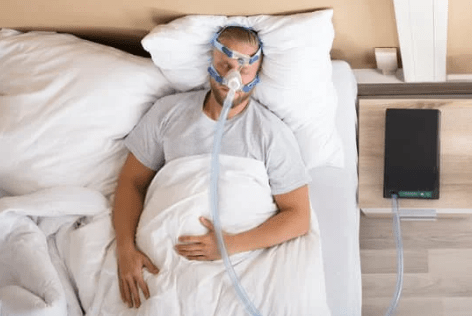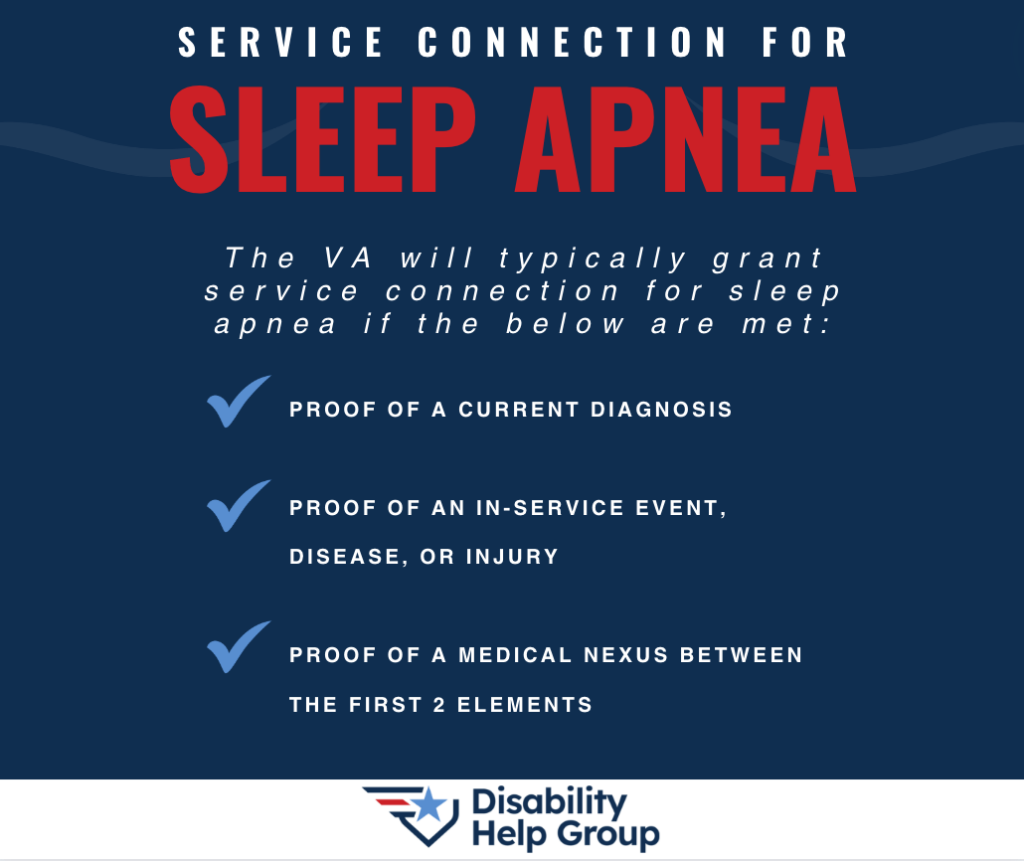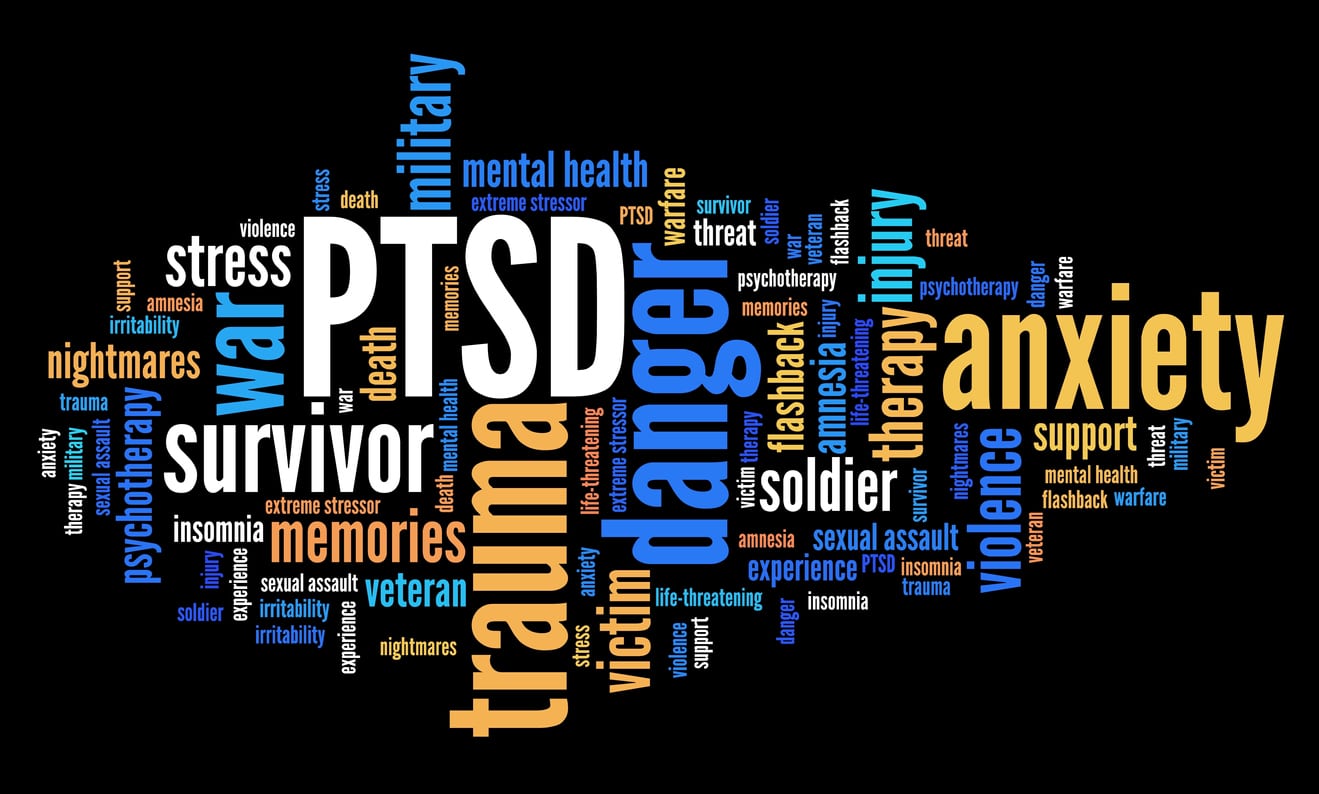
Can I get 100% VA Disability for Sleep Apnea?
Can I get 100% VA Disability for Sleep Apnea?
Sleep is required to function. Sleep Apnea is a condition where someone briefly and repeatedly stops and starts breathing. This can severely disrupt someone’s sleeping patterns affecting their mental, emotional, and physical health.
Service Connection
For the VA to assign a 100% rating for Sleep Apnea, the VA must first determine that the condition is related to service.
Generally, VA will grant service connection if the following are met:
- Proof of a current diagnosis,
- Proof of an in-service event, disease, or injury, and
- Proof of a medical nexus between the first 2 elements.
VA Schedule of Rating
After the VA grants service connection, it must determine the correct rating. To do so, VA consults the Schedule of Ratings. The ratings should reflect how much that specific disability impairs your ability to work.
To get a 100% rating for sleep apnea, it must be so severe that it prevents gainful employment.
Requirements Specific to Sleep Apnea
The Schedule of Ratings breaks down disabilities into different categories. Each category contains groups of medical problems. For example, Sleep Apnea is found in the Respiratory System category. Each group contains a list of disabilities, each with its own diagnostic code. In turn, each diagnostic code specifies the symptoms required for various ratings. For example, the 6847 code applies to Sleep Apnea. See 38 C.F.R. § 4.97.
A 100% VA rating for Sleep Apnea requires:
- Chronic respiratory failure with carbon dioxide retention or cor pulmonale, or
- The condition requires a tracheostomy.
Chronic Respiratory Failure
Chronic respiratory failure usually happens when the airways that carry air to your lungs become narrow and damaged. In other words, less oxygen gets in and less carbon dioxide goes out. A tracheostomy is a surgically made hole in the front of your neck where a breathing tube is connected to your windpipe to help you breathe. Naturally, a veteran with these extreme symptoms deserves a 100% VA rating for Sleep Apnea.
Medical Evidence
Only medical evidence can satisfy these requirements. It is not enough for the veteran to say “I cannot work because of my sleep apnea.” Fortunately, the VA provides rating tools such as Disability Benefits Questionnaires (“DBQs”) on their website. Specifically, VA provides a Sleep Apnea DBQ that focuses on the symptoms described in the Schedule. Veterans seeking a higher rating for sleep apnea should have their doctors complete the DBQ. The VA will likely grant the rating if the DBQ includes the criteria for a 100% rating for Sleep Apnea.
Disability Benefits Questionnaire
A doctor who treats the disability in question should fill out a Disability Benefits Questionnaire. For example, an orthopedic specialist who is treating a foot condition should not complete a DBQ for PTSD.
Watch out for Pyramiding
When seeking a 100% rating for Sleep Apnea, one must consider every rule and exception related to VA ratings. Under the VA rating system, a veteran should be compensated for each service-connected disability. However, there is one big exception. VA cannot pay a veteran more than once for the same disability or same manifestation. For example, Asthma and Sleep Apnea have nearly identical manifestations. They both involve airway impairment, share symptoms such as daytime fatigue and are under the same category in the Schedule of Ratings. A veteran who is service connected for both will only receive a rating for one of them. In that circumstance, the VA must assign the higher of the 2 possible ratings.

How We Can Help
Many variables come into play when trying to get 100% VA disability for Sleep Apnea. The first step is to not give up. Our team of experts are here to support you the entire way through. Whether you are struggling to secure your VA disability or need help with your denied SSD claims, we’re only a phone call away. To learn more about how our team can help you call us today at (800) 800-3332 or contact us here now for a FREE consultation.
- Can I Get 100% VA Disability for PTSD due to MST?
- Can I Get TDIU for PTSD?
- VA Disability Rating for PTSD
- How are PTSD and TBI Rated Together?
- VA Permanent and Total Disability for PTSD
- Disability Help Group Blogs
- Can I Work and Get TDIU?
- What is a VA Disability Nexus Letter for PTSD?
- Blue Water Agent Orange Update – 2020
- Can I Get VA 100% for Blue Water Exposure?
- Blue Water Veterans Get Agent Orange Benefits
- Blue Water Navy Veterans
- How Does VA Rate TBI?
- What are VA TBI Residuals?
- What is VA Permanent and Total Disability?
Helpful Resources
- Sleep Apnea Form: VA Form 21-0960L-2
- National Institute of Health: Respiratory Failure
- National Heart, Lung and Blood Institute: Tracheostomy


